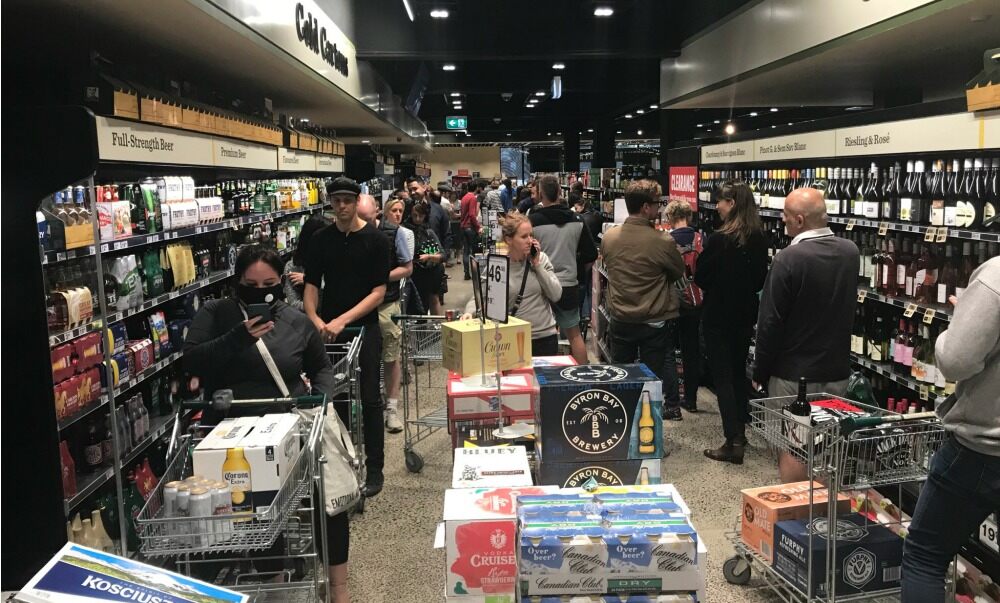The Scenario
Let’s consider a fictitious FMCG business (an example might be a Bottle Shop) with the following weekly statistics:
Metric | Value |
Total customers | 700 |
Average total sale per customer | $30 |
Average items per sale | 2.5 |
Average customer visits per week | 1.5 |
Cost of goods sold (COGS) | 75% of retail price |
Based on these figures, the business has:
- Weekly takings: $31,500
- Weekly gross profit: $7,875
- Annualised revenue: $1,638,000
- Annualised gross profit: $409,500
Implementing Small Changes for Big Results
Now, let’s see what happens when we increase each relevant metric by just 5-10%:
- Increase prices by 5%
- Increase total customers by 10% (from 700 to 770)
- Increase average total sale by 10% (from $30 to $34.65)
- Increase average items per sale by 10% (from 2.5 to 2.75)
- Increase average customer visits per week by 10% (from 1.5 to 1.65)
With these changes:
- Total customer visits per week increase from 1,050 to 1,271
- Weekly revenue jumps from $31,500 to $44,044
- Weekly gross profit rises from $7,875 to $11,011
That’s a remarkable 39% increase in both revenue and gross profit!

The Power of Compounding
What’s particularly striking about this example is that none of the individual metrics were increased by anything close to 39%. Most were increased by just 10%, and one by only 5%. Yet, when combined, these small improvements led to a substantial increase in profitability.
Annualised, the gross profit has increased from $409,500 to $572,573. Assuming no significant increases in fixed costs like staff, lease, and insurance, this could translate to a similar increase in net profit or EBIT (Earnings Before Interest and Taxes).
Real-World Application
Of course, this case study makes some assumptions, and the specific strategies for achieving these improvements will vary depending on your business. For example:
- Increasing prices may involve strategic decisions about which product lines to adjust and by how much.
- Attracting new customers and encouraging repeat visits may require targeted marketing, improved customer service, or loyalty programs.
- Increasing the average sale value may involve upselling, cross-selling, or product bundling techniques.
However, the key takeaway remains: by focusing on incremental improvements across multiple areas of your business, you can achieve significant gains in profitability.
Expense Reduction
In addition to these growth strategies, expense reduction can further boost your bottom line. While cutting costs alone won’t grow your business, it can certainly improve your net profit. Look for areas where you can reduce waste, negotiate better deals with suppliers, or streamline processes to improve efficiency.
Maximise Your FMCG Profits With Small But Targeted Strategies
Improving profitability in your FMCG business doesn’t always require drastic changes. As this case study demonstrates, small, targeted improvements across key metrics can compound to create a significant impact. By strategically increasing prices, attracting new customers, encouraging repeat visits, increasing average sale values, and reducing expenses, you can dramatically boost your profitability and set your business up for long-term success.
Our Gold Coast-Based Accounting Firm KeyPoint Accountants is committed to helping companies like yours thrive. With our expertise and personalised approach, we can guide you in implementing these proven strategies and optimising your financial performance. Contact us today at 07-5585-0600 or info@keypointaccountants.com.au to learn more about how we can support your business’s growth and profitability.













